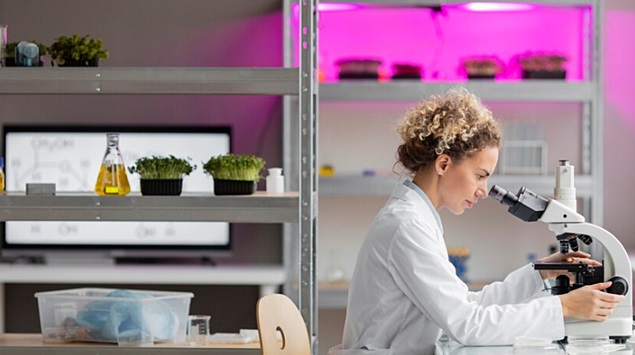
The latest report by the European Food Safety Authority (EFSA) on pesticide residues in food within the European Union (EU) has been published, offering a snapshot of residue levels found in a selection of commonly consumed products.
Findings from the EU Coordinated Programme
In 2022, an unprecedented total of 110,829 food samples were collected in the EU, marking a 25% increase compared to 2021. The results show that 96.3% of samples were within the legally permitted limits. For the subset of 11,727 samples analyzed under the EU Coordinated Control Programme (EU MACP), 98.4% were within legal limits.
EU MACP analyzes randomly collected samples from 12 food products. For 2022, these were apples, strawberries, peaches, wine (red and white), lettuce, cabbage, tomatoes, spinach, oat grains, barley grains, cow's milk, and pork fat.
Analysis of the Coordinated Programme Samples:
- 51.4% (6,023 samples) had no quantifiable residue levels.
- 47% (5,512 samples) contained one or more residues at concentrations below or equal to the maximum residue levels (MRLs).
- 1.6% (192 samples) contained residues exceeding the permitted levels.
Trends in Residue Levels for the 12 Analyzed Foods
The same basket of products is sampled every three years, showing increasing or decreasing trends for specific commodities.
- The overall rate of pesticide residues exceeding MRLs decreased slightly from 2% in 2019 to 1.6% in 2022.
- Compared to 2019 and 2016, the exceedance rate decreased for apples, peaches, strawberries, wine, and pork fat; for spinach, it decreased since 2019.
- No samples of cow's milk were found with residues above MRLs in 2022, as in 2019 and 2016.
- Exceedances increased for cabbage, tomatoes, lettuce, barley, and oat grains.
Detailed results of all control programs are available on the EFSA website through an interactive data visualization tool, improved annually to make the data more accessible to non-specialists.
Harmonized and Comparable Data Collection
The EFSA annual report includes harmonized and comparable data collected under the EU Coordinated Programme and data collected as part of national control activities conducted by EU Member States, Norway, and Iceland.
National control programs are risk-based and provide important information to risk managers but do not offer a statistically representative picture of residue levels in food on the EU market.
Food Risk Assessment
The monitoring program results are a valuable source of information for estimating EU consumers' dietary exposure to pesticide residues.
EFSA conducted a food risk assessment as part of its analysis of the results. This year's report extends the probabilistic assessment methodology introduced last year to all pesticides analyzed under the EU Coordinated Programme. This assessment shows the likelihood of consumers being exposed to a residue amount above a specific safety threshold.
Based on its assessment, EFSA concludes that there is a low risk to consumer health from the estimated exposure to pesticide residues in the tested foods.
However, the report makes several recommendations to enhance the efficiency of European control systems for pesticide residues.




